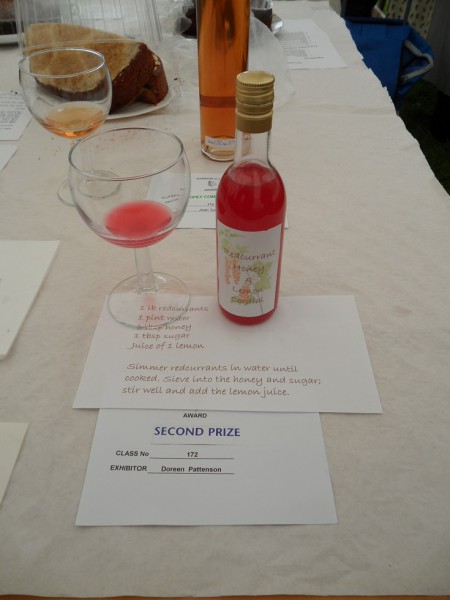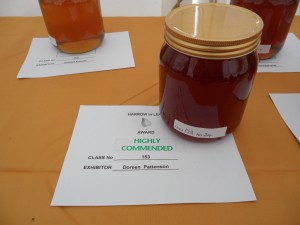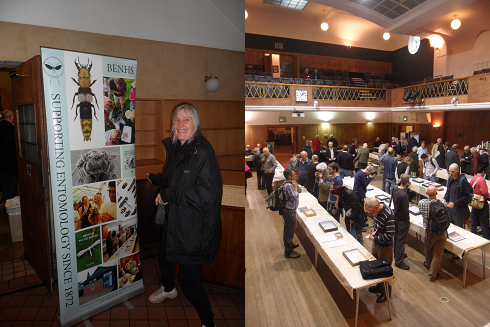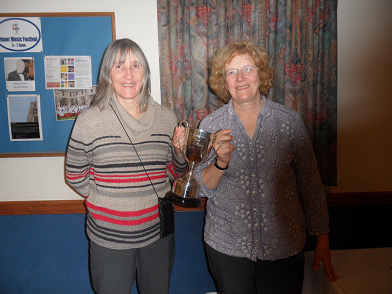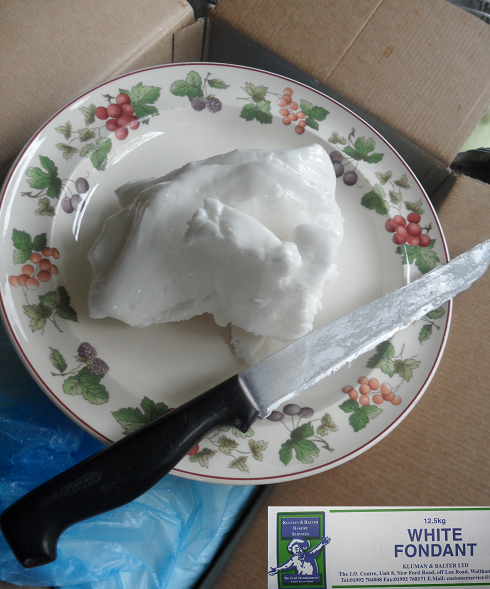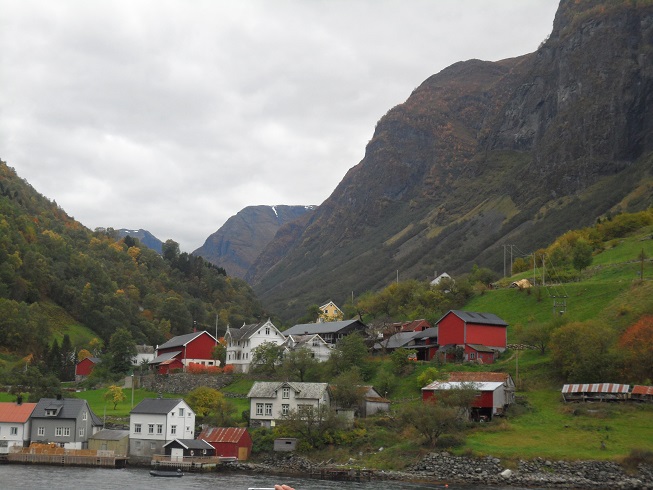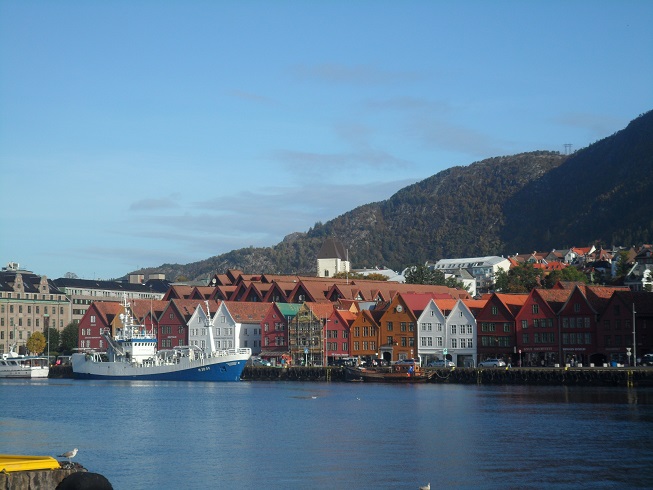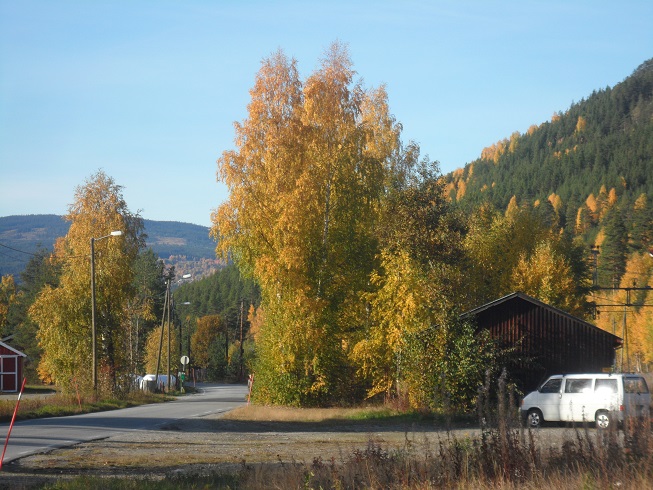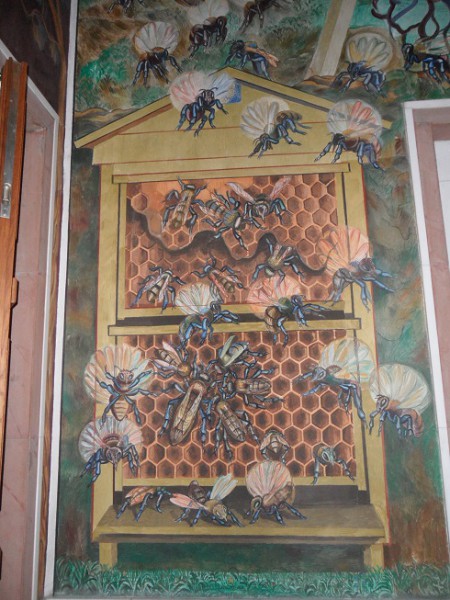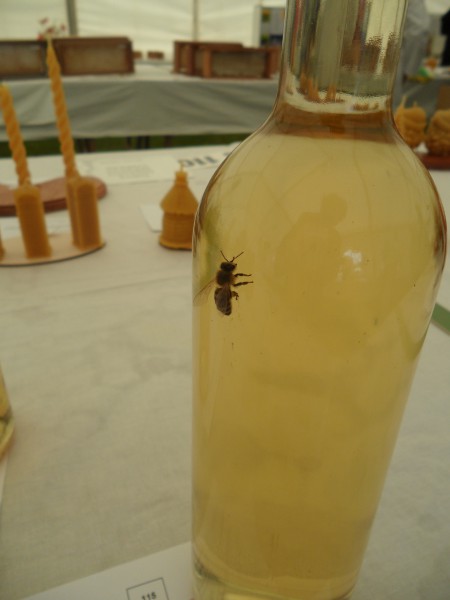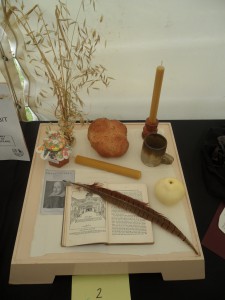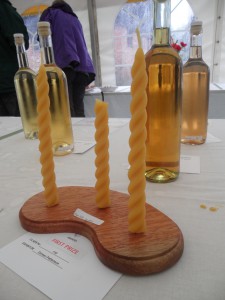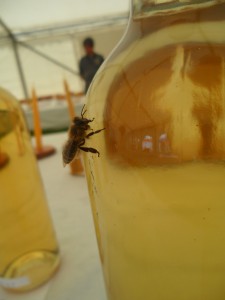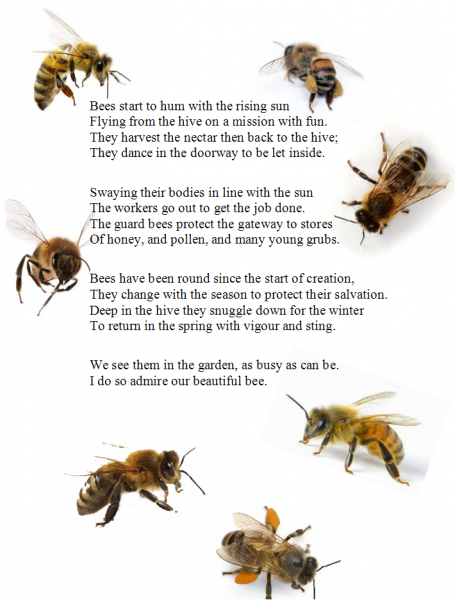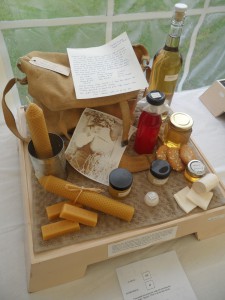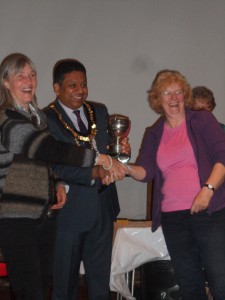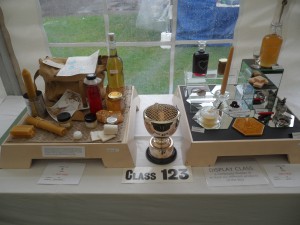What do the BBC’s Monty Don, Costco, and Breakfast News all have in common this week?
On Gardener’s World last week, Monty was promoting bee-friendly gardening and highlighting the importance of bees to our way of life. All good stuff. But in one section, he showed us his (as yet unused) top-bar hive and suggested, apparently quite seriously, that a top-bar hive is a suitable introduction to bee-keeping for just about anyone, including those in suburban, urban or even city-centre environments. “Get some bees from your local BKA… just set it up and leave it”.
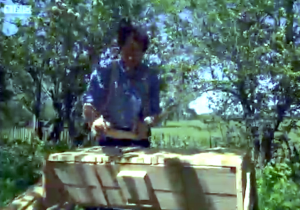
Monty + his top-bar hive
As well as Monty, cash-n-carry warehouse Costco are in on the bees thing, with a “bee kit” (top bar hive in a hexagonal outer case, not much else) sold under the banner “Just add Bees”.
What’s so bad about all this, then? Well, whilst beekeeping is indeed a very accessible activity, taking on a colony of bees brings with it some responsibilities.
Responsibility to the bees… as soon as we put bees in a hive, they’ve been taken out of their natural environment. Even a top-bar hive is not the same as the place they would have chosen for themselves; we’re dictating their exposure to the weather, to preservatives, to predators, and much more. Having stripped the colony of their freedom of choice, we have a duty of care to the colony and to not just “let them get on with it”. We should be protecting them from disease, predators, the weather and be pro-actively engaged in ensuring their well-being.
Responsibility to our neighbours… swarming is a natural instinct, and the way colonies reproduce. However swarming, particularly in the urban environment, can be a significant anti-social (to humans) behaviour. Though rarely aggressive, a swarm can be inconvenient at best and intimidating, or downright dangerous, at worst. If not collected promptly it may choose to settle somewhere inappropriate, and if that’s inside a chimney or in a wall cavity the costs involved to the property owner can be very substantial. In a “domesticated” or urban setting, it’s down to the beekeeper’s skill and judgement to manage their colonies and minimise the number of swarms they lose “over the fence”.
Responsibility to the environment… we’ve all heard about the spread of varroa mite in the past 15 years or so, and the possibly imminent arrival of small hive beetle. These parasites can – and do – decimate bee populations and are partly responsible for the decline in bee numbers that we’re all so concerned about. Possibly even more serious is the threat from both European Foulbrood and American Foulbrood (the latter a Notifiable disease). Yet with large numbers of novice beekeepers, or beekeepers letting the bees “do their own thing” unsupervised, we can not only not control these threats but won’t even be aware they’re in our own backyards or rooftops. Regular inspections by a knowledgeable beekeeper are essential to maintain the health of our colonies, and failure to keep on top of these, especially combined with a laissez-faire attitude to swarming, will surely result in further avoidable losses and impact to our bees – and therefore to the whole ecosystem.
Encouraging people to consider taking up beekeeping is laudable, and I’ve no problem at all with that. But when beekeeping is presented as “Just add Bees” – or in Monty’s words “just set it up, and leave it” – it can so easily lead to unhealthy bees, nuisance swarms, infected honey and environmental damage. In fact, Monty also suggested harvesting honey – if you do that and are not a “primary producer” (harvesting and processing the honey yourself), or you’re selling it wholesale, you’re contravening the law too if you’re not registered as a food producer, so you could end up in a whole lot of the sticky stuff…
There’s been a flood of condemnation of Monty’s comments on at least one beekeeping forum, with a number of complaints being sent to the BBC. The irony is that this item came just one day after an item on the BBC Breakfast news program about the number of bee swarms occurring in London in the past week or so, with a representative of the London Beekeepers Association suggesting this may in part be down to novice beekeepers failing to take effective swarm control measures. Beekeeping isn’t rocket science but it should be done responsibly. To be fair to Monty, he did include the phrase “learn how to bee-keep” but that was rather lost in the “simply lift them out & take the honey” and “you don’t even need to do that… Just set it up & leave it” enthusiasm.
I like Monty’s presentation style and appreciate his enormous horticultural knowledge and expertise. It’s disappointing that the BBC have allowed him to include this item and it will be interesting to see if there’s any clarification or retraction next week.

